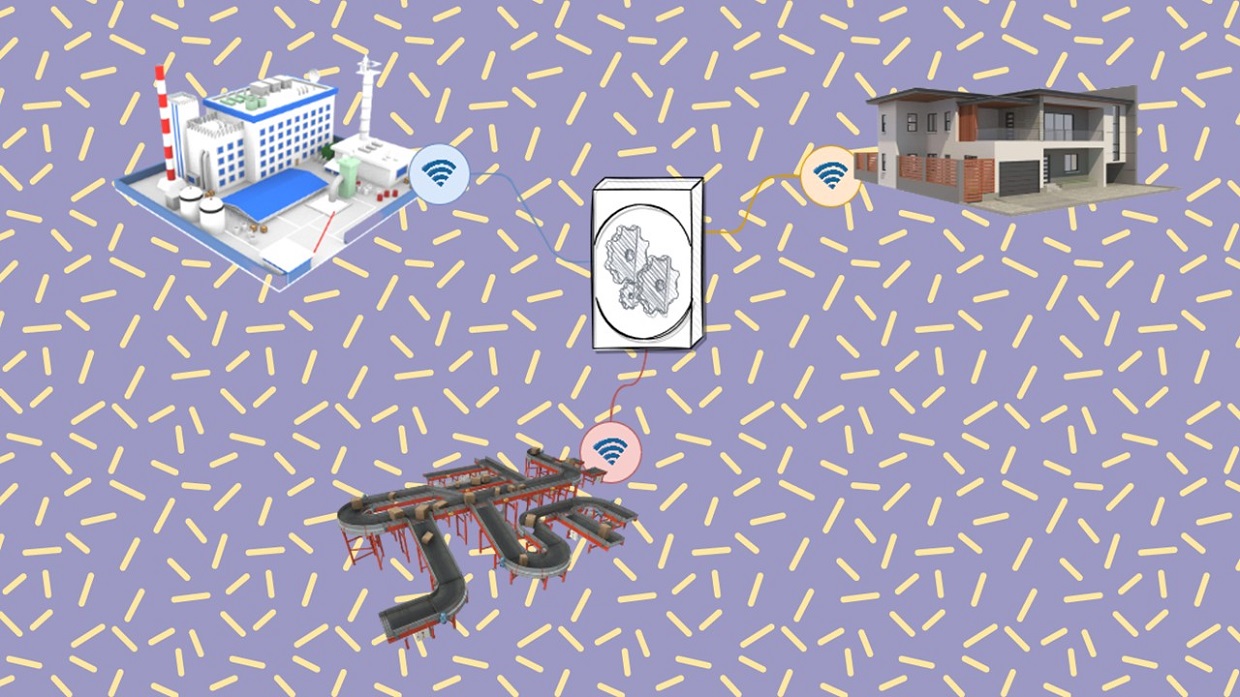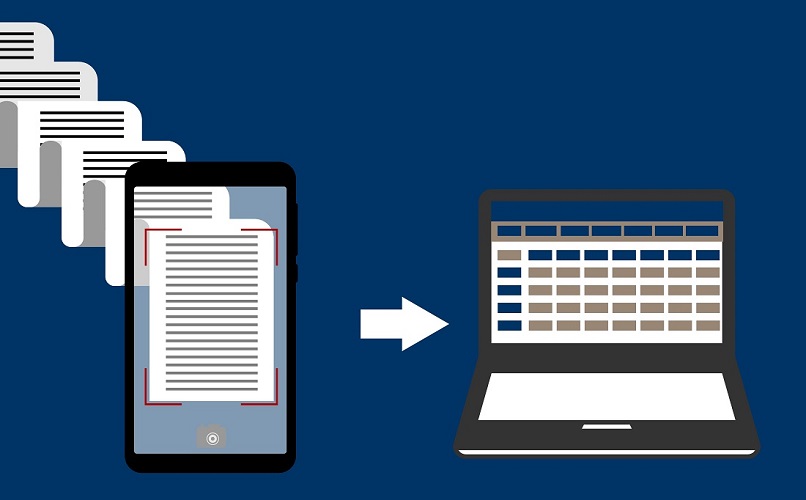There are thousands of institutions like hospitals collecting private and sensitive data, which mean they can not be transferred to be used. Though federated learning needs data to be trained. As we can not send them to a database like this (unprotected, non-confidential), a solution has been thought: each institution will locally train a model with its own data, then each trained model with its knowledge will be send to a server which will transfer the knowledge he gained during its training to train other mains models (a concept conceived by Google).
To answer the problem of sensitive data, private life, the protected data and informations, we share models’ knowledge instead of the data.
Predictive maintenance aims to anticipate industrial equipments failures in order to allow early scheduling of corrective actions. A good predictive maintenance strategy can eliminate catastrophic equipment failures and minimize maintenance overtime costs. This domain needs several technologies and concepts, mainly the Internet of Things (IoT), cloud computing, machine learning and data analysis techniques.
Carl Berger-Levrault shows a lot of interest for these solutions.
However in the context of the predictive maintenance approach, there are several issues origin of the IoT such as:
- Costs in term of energy,
- Bandwidth,
- Equipment local dataset may be small or biased,
- The kind of IoT technology and connected objects used can affect data quality and quantity,
- The data can be too sensitive and too costly to transfer,
- Statistical behavior,
- The number of model which increases proportionally with the number of equipements.
To answer these problems we apply federated learning, a collaborative approach to train a machine learning model while the data remains decentralized.
That’s why we took the idea of federated learning applied on local resources to apply it on an upgrade level: the Edge. It is the closest point to connected objects. At the Edge, we’ll train the model first by using the data of each connected objects, then we will send to our cloud where we aggregate differents models and send it back to out IoT nodes. That is where the idea of a new framework is born.
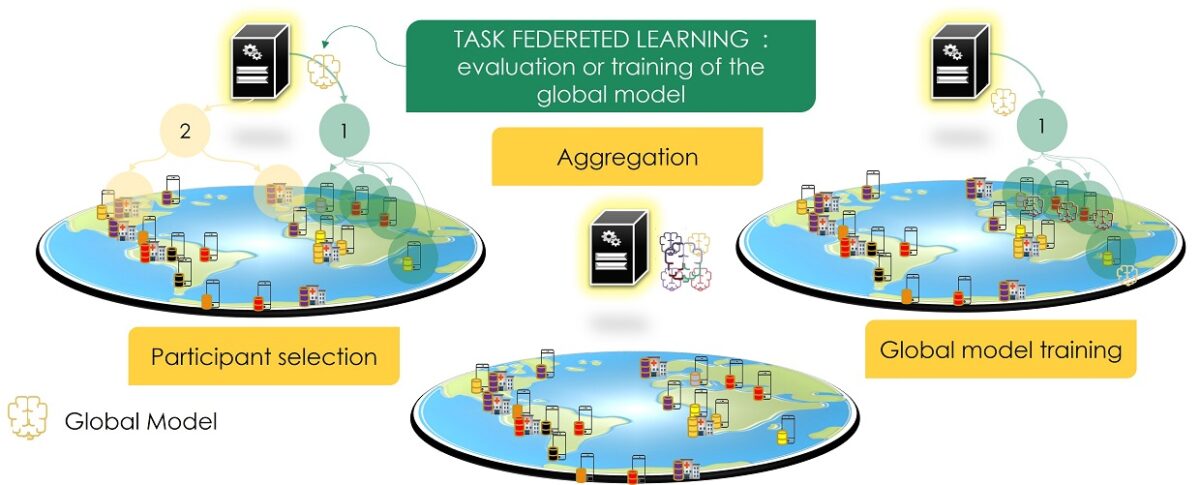
Though the federated learning approach shows specifics problematics for IT such as a limited communication between the server and the connected objects which is not adapted to the approach, the contributions in federated learning focus on aggregation issues for neural networks which is not always adapted for IoT environments, federated learning applications for IoT are being explored in generic architectures, though in federated learning they need to be adapted to a standardized IoT architecture.
To answer those problematics, we adapted federated learning to IoT architecture by integrating components capable of managing participants and orchestrating federated tasks. We used FedStack in our approach, a stacking-based aggregation method for traditional machine learning models and we implemented a federated learning framework for IoT based on Fedstack aggregation method.
IoT architecture fundamental is made of three layer which are:
- The device layer to identify connected objects that collects data,
- The network layer to transfer the collected data
- The application layer used by IoT application to collect data, monitor them, analyse them and make decision
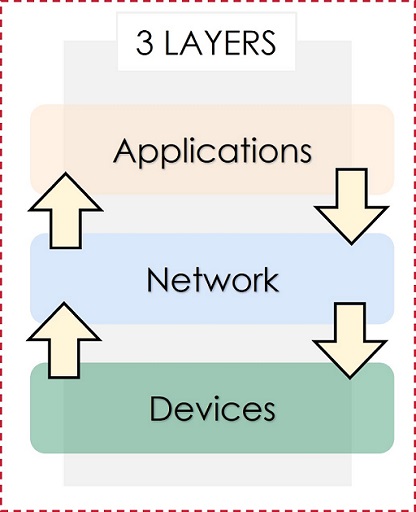
Figure 2: Standardized three layers architecture.
Most of existing solution focus on neural networks but not on the models, so we developed an approach by thinking out of the box.
Find below our federated architecture for IoT:
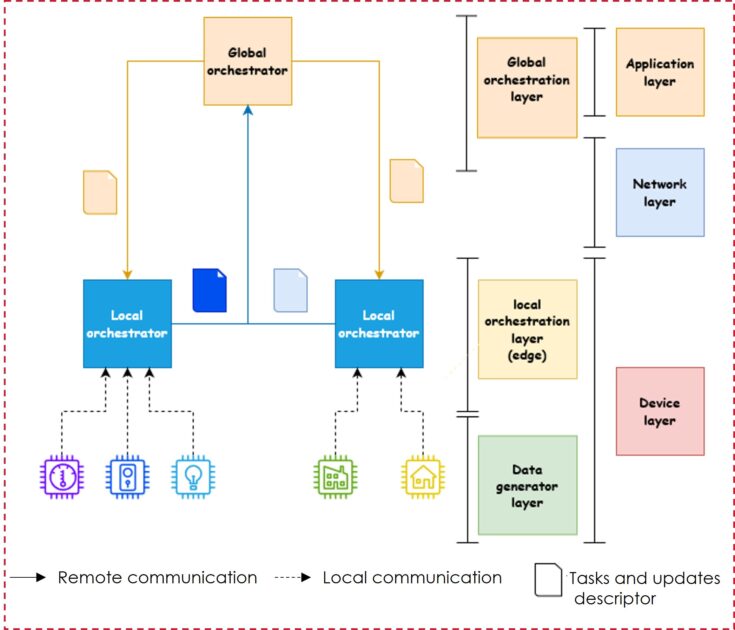
As you can see on the bottom of the representation, the data are generated from the connected objects and facilities, on the second layer the data from each generator are prepared (collected and stocked), the models are locally trained, the data generators are orchestrated and the hosts are monitored using local orchestrators at the Edge level. Finally in the last layer the aggregation is managed in the cloud level using a global orchestrator according to the configured method. The global model orchestration is trained without divulging sensible or protected data, on demand local orchestrators can be deployed at the IoT node (Gateway, IoT Server…), finally the execution environments and model performance are monitored.
This configuration is possible thanks to FedStack algorithm framework which enable to use a meta-learning algorithm to learn the best combination of the predictions of two or more basic machine learning models to generate a meta-model producing a final prediction.
Thanks to this new distributed configuration we implemented in our model we can orchestrate and synchronize the information in the global model while considering the challenges faced by the IoT environment
This project is leaded in collaboration with 3ZA, a company specialized in connected objects with the objective to create a gateway, a component to bring artificial intelligence to the Edge level, integrate our developed artificial intelligence approach into components and insure all the process described in this article.
The project started two months ago, we are now discussing the first implementation of our approach in 3ZA’s solution and the first test should start really soon.
